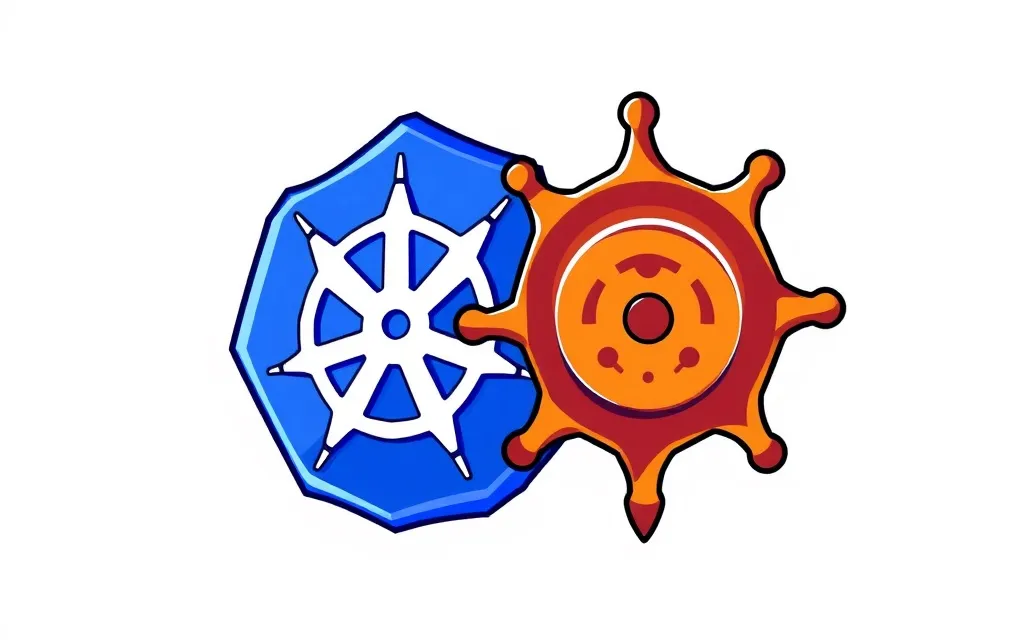
Mastering Helm: Your Guide to Kubernetes' Ultimate Package Manager
In the dynamic realm of cloud-native applications, Kubernetes stands out as the premier platform for orchestrating containerized workloads. Yet, its deployment intricacies can be daunting. Enter Helm—the definitive package manager for Kubernetes that streamlines the deployment and management of applications. This article unpacks the essentials of Helm, exploring its core functionalities, advantages, and best practices for secure usage.
Helm Demystified: What It Is and Why It Matters
Helm is the open-source package manager for Kubernetes, akin to apt or yum for Linux. It organizes Kubernetes resources into neatly packaged applications called "charts." These Helm charts, which consist of pre-configured Kubernetes resources, simplify deploying applications and services on Kubernetes clusters. By leveraging Helm, developers and DevOps teams can boost productivity and replicate successful deployments with ease.
Navigating the Core Concepts of Helm
To effectively use Helm, you should understand its foundational concepts:
- Chart: A Helm chart is a package that includes all necessary Kubernetes resources for deploying an application. Key components include
Chart.yaml,Values.yaml, and directories such aschartsandtemplates. - Release: A release is an instance of a chart running in a Kubernetes cluster, representing a separate deployment of the chart.
- Repository: Helm repositories are collections of published Helm charts. ArtifactHub is a popular platform for discovering Helm charts across numerous repositories.
Deploying with Helm: A Step-by-Step Guide
To start using Helm, install it on your system. Windows users can use Chocolatey with the command choco install kubernetes-helm. Once installed, initialize the Helm repository using helm repo add and search for charts with helm search repo.
Here's how to deploy an application using Helm:
- Install a Chart: Use
helm installfollowed by the chart name to deploy an application. For instance, to install the Kubernetes Dashboard, execute the appropriate Helm command. - List Releases: View deployed applications with
helm ls. - Verify Deployment: Confirm the application's status with
kubectl get podson your Kubernetes cluster. - Uninstall a Release: Remove an application using
helm uninstall.
Helm also allows the creation of custom charts with helm create mychart and their deployment using helm install mychart ., offering flexibility in managing complex applications with multiple microservices.
Securing Your Helm Deployments: Best Practices
While Helm streamlines Kubernetes deployments, it can introduce security vulnerabilities. Potential risks include insecure default settings, reliance on external sources, inadequate access controls, and embedded secrets. Mitigate these risks by:
- Sourcing external dependencies from trusted repositories.
- Implementing robust access controls using Kubernetes' Role-Based Access Control (RBAC).
- Validating and sanitizing inputs to Helm charts.
- Utilizing secrets management tools instead of hardcoding sensitive data.
- Regularly auditing and updating Helm charts to apply security patches.
By adhering to these practices, you can maintain a secure Kubernetes environment while harnessing Helm's capabilities.
Helm Charts: The Future of Kubernetes Management
Helm signifies a transformative shift in server-side application management, especially within microservices architectures. It enables distinct management, updates, and scaling of microservices, ensuring that issues in one service don't affect others. Helm charts reside in Helm Workspace, allowing DevOps teams to easily search and integrate them.
Though challenges exist, such as conflicts when two charts share the same labels, Helm offers solutions and continues to be essential for efficient application management and deployment. Combined with Kubernetes, Helm is set to become a standard for DevOps, providing a streamlined approach to managing complex applications.
Conclusion: Embrace Helm's Potential
Helm is indispensable for Kubernetes users, offering a simplified and efficient approach to package management. By mastering its core concepts, leveraging its features, and following security best practices, you can unlock Helm's full potential in your Kubernetes deployments. Whether you're a developer or a DevOps professional, embracing Helm can lead to more productive and secure application management in the cloud-native landscape.
Have you used Helm in your Kubernetes projects? Share your experiences and insights with us, and explore how Helm has transformed your deployment strategies. If you're new to Helm, consider taking it for a spin and see how it can revolutionize your workflow.

